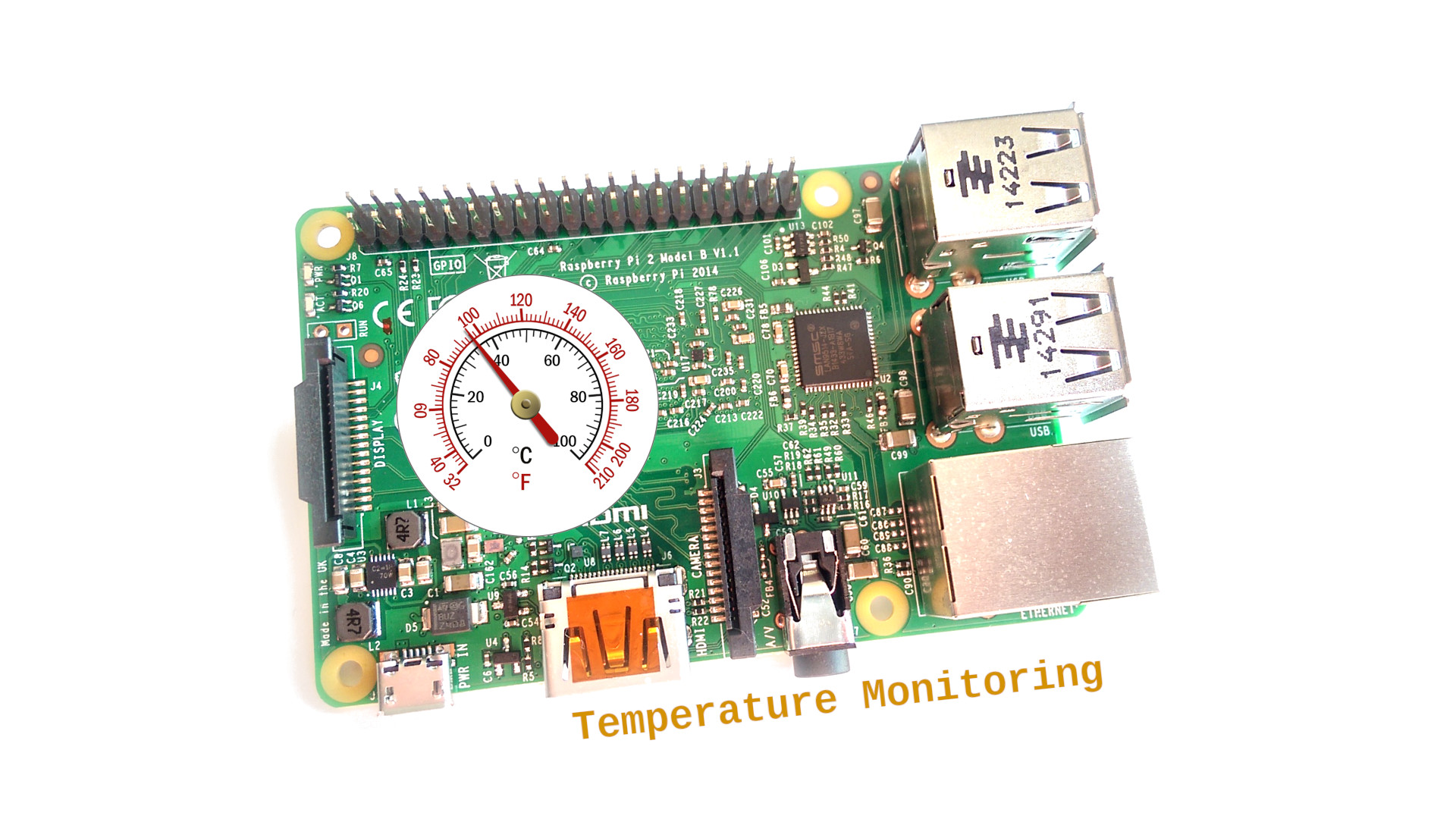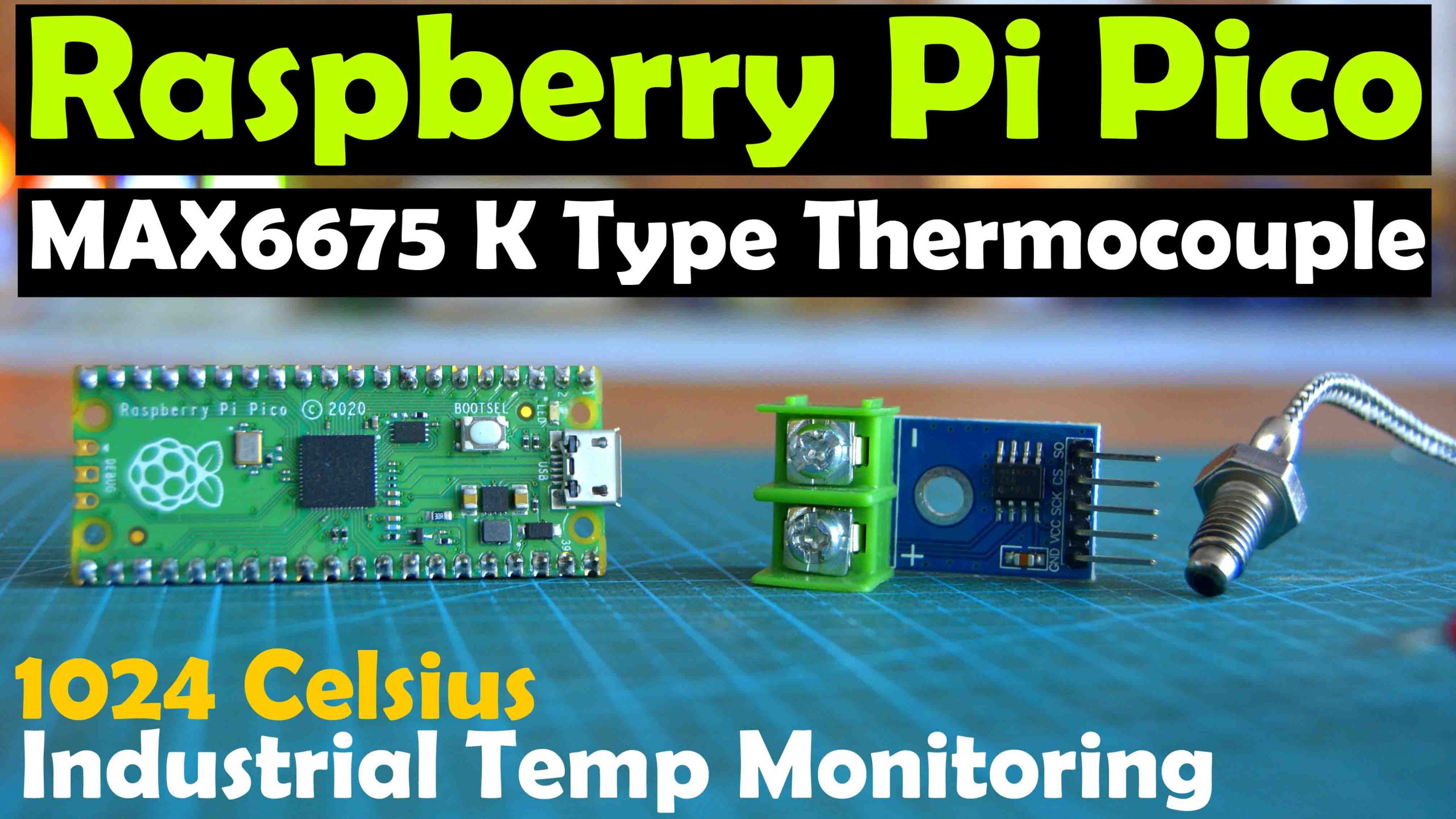Are you ready to take your IoT projects to the next level? The power of remote IoT monitoring using SSH on a Raspberry Pi running Ubuntu is here, and it's absolutely free! If you're looking to streamline your IoT setup, reduce maintenance costs, and ensure seamless connectivity, this guide has got you covered. Whether you're a hobbyist, developer, or professional, remote IoT monitoring is the key to unlocking the full potential of your devices.
Picture this: You're managing multiple IoT devices scattered across different locations, and keeping tabs on each one manually is becoming a nightmare. Enter remote IoT monitoring via SSH on Raspberry Pi with Ubuntu – your ultimate solution for hassle-free device management. This isn't just about controlling your devices remotely; it's about creating a smarter, more efficient ecosystem that works for you.
What makes this setup so appealing? For starters, it's cost-effective, scalable, and packed with features that make life easier for anyone working with IoT. Plus, with the growing demand for remote access solutions, learning how to set up and manage your devices securely is more important than ever. Stick around, and I'll walk you through everything you need to know to get started.
- Dotmovies Web Your Ultimate Destination For All Things Movies
- Latest On Ullu Web Series Free Content More
- Movierulz 2024 Watch Kannada Movies Online Is It Safe
- Somali Wasmo Telegram 2025 Find Join Channels Now
- Filmyflynet Hollywood
Understanding Remote IoT Monitoring and Its Importance
Before we dive into the nitty-gritty of SSH downloads and Raspberry Pi configurations, let's take a step back and talk about why remote IoT monitoring is such a big deal. In today's connected world, IoT devices are everywhere – from smart homes to industrial automation. Managing these devices manually can be time-consuming and prone to errors, which is where remote monitoring comes in.
What Exactly Is Remote IoT Monitoring?
Remote IoT monitoring refers to the practice of keeping an eye on your IoT devices from a distance. This involves tracking device performance, collecting data, and troubleshooting issues without needing physical access. By leveraging tools like SSH (Secure Shell), you can securely connect to your devices, execute commands, and manage them as if you were right there in person.
- Track device status in real-time
- Automate routine maintenance tasks
- Receive alerts for potential issues
- Improve overall efficiency and reliability
Think of it as having a personal assistant for your IoT devices – one that never sleeps and always keeps you informed.
- Movierulz 2025 Latest Kannada Movies News Legal Info Read Now
- Unlock The World Of Extramovies Your Ultimate Guide To Streaming Bliss
- Sax Vibes 2023 Your Ultimate Guide To The Smoothest Sounds This Year
- Www Filmy4wap Com 2025 Hindi Dubbed Your Ultimate Guide To Bollywood Entertainment
- Oomoyecom Movies Your Ultimate Destination For Latest Films
Why Use SSH for Remote IoT Monitoring?
SSH is a secure protocol designed specifically for remote communication. It encrypts all data transmitted between your local machine and the remote device, ensuring that sensitive information stays protected. When combined with a Raspberry Pi running Ubuntu, you get a powerful, open-source solution that's easy to set up and maintain.
Here's why SSH is the go-to choice for remote IoT monitoring:
- Secure and encrypted connections
- Supports file transfers and command execution
- Compatible with a wide range of devices
- Free and open-source
With SSH, you can rest assured that your IoT devices are safe from unauthorized access while still being easily accessible to you.
Setting Up Your Raspberry Pi for Remote IoT Monitoring
Now that you understand the importance of remote IoT monitoring, let's talk about how to set it up on a Raspberry Pi running Ubuntu. This section will guide you step-by-step through the process, ensuring that you have a solid foundation for your IoT projects.
What You'll Need
Before we begin, make sure you have the following:
- A Raspberry Pi (any model will work)
- A microSD card with at least 16GB of storage
- An Ubuntu image compatible with Raspberry Pi
- A computer or laptop to configure your Raspberry Pi
- An Ethernet cable or Wi-Fi dongle for internet connectivity
Once you've gathered all the necessary components, you're ready to move on to the next step.
Installing Ubuntu on Your Raspberry Pi
Installing Ubuntu on a Raspberry Pi is surprisingly straightforward. Follow these steps to get your device up and running:
- Download the latest Ubuntu Server image for Raspberry Pi from the official website
- Use a tool like Balena Etcher to flash the image onto your microSD card
- Insert the microSD card into your Raspberry Pi and power it on
- Connect to your Raspberry Pi via SSH using a terminal emulator like PuTTY or Terminal
That's it! Your Raspberry Pi should now be running Ubuntu and ready for further configuration.
Configuring SSH on Your Raspberry Pi
With Ubuntu installed, the next step is to enable SSH on your Raspberry Pi. This will allow you to connect to your device remotely and start monitoring your IoT setup.
Enabling SSH on Ubuntu
By default, SSH is disabled on Ubuntu for security reasons. To enable it, follow these steps:
- Log in to your Raspberry Pi via SSH or directly using a monitor and keyboard
- Open the terminal and type
sudo systemctl enable sshto enable SSH - Type
sudo systemctl start sshto start the SSH service - Verify that SSH is running by typing
sudo systemctl status ssh
Once SSH is enabled, you can connect to your Raspberry Pi from any device on the same network using its IP address.
Securing Your SSH Connection
While SSH is inherently secure, there are additional steps you can take to further protect your connection:
- Change the default SSH port (22) to a custom port
- Disable root login to prevent unauthorized access
- Use public-key authentication instead of passwords
- Install a firewall to restrict access to your Raspberry Pi
By implementing these measures, you can significantly reduce the risk of unauthorized access to your IoT devices.
Connecting to Your Raspberry Pi Remotely
Now that SSH is enabled and configured, it's time to connect to your Raspberry Pi remotely. This is where the magic happens – you'll be able to manage your IoT devices from anywhere in the world.
Finding Your Raspberry Pi's IP Address
To connect to your Raspberry Pi via SSH, you'll need its IP address. Here's how to find it:
- Log in to your Raspberry Pi and open the terminal
- Type
hostname -Ito display the IP address - Note down the IP address for future reference
Alternatively, you can use a network scanner app on your smartphone to discover your Raspberry Pi's IP address.
Using SSH to Connect to Your Raspberry Pi
With the IP address in hand, you can now connect to your Raspberry Pi using SSH. Here's how:
- Open a terminal emulator on your computer
- Type
ssh pi@your_raspberry_pi_ipand press Enter - Enter the password when prompted
Congratulations! You're now connected to your Raspberry Pi and ready to start monitoring your IoT devices.
Monitoring IoT Devices with SSH
Now that you're connected to your Raspberry Pi via SSH, it's time to start monitoring your IoT devices. This section will cover some basic commands and tools you can use to keep an eye on your devices.
Basic SSH Commands for IoT Monitoring
Here are a few essential SSH commands to help you monitor your IoT devices:
top: View real-time system resource usagedf -h: Check disk space usageping google.com: Test internet connectivitysudo journalctl -u service_name: View service logs
These commands will give you a quick overview of your device's health and performance.
Advanced IoT Monitoring Tools
For more advanced monitoring, consider using tools like:
- Grafana: A powerful data visualization platform
- Prometheus: A time-series database for monitoring metrics
- InfluxDB: A database optimized for IoT data
By integrating these tools with your Raspberry Pi, you can create a comprehensive monitoring solution tailored to your needs.
Securing Your IoT Setup
Security is a top priority when it comes to remote IoT monitoring. Here are some tips to keep your devices safe:
Regularly Update Your Software
Make sure to keep your Raspberry Pi and all connected devices up to date with the latest security patches. This will help protect against vulnerabilities and ensure that your setup remains secure.
Use Strong Passwords and Authentication
Avoid using weak or default passwords for your devices. Instead, opt for strong, unique passwords and consider enabling two-factor authentication for added security.
Monitor for Suspicious Activity
Keep an eye on your devices for any signs of unauthorized access or unusual activity. By staying vigilant, you can catch potential threats before they become serious problems.
Final Thoughts and Next Steps
In conclusion, remote IoT monitoring using SSH on a Raspberry Pi running Ubuntu is a powerful and cost-effective solution for managing your IoT devices. By following the steps outlined in this guide, you can create a secure and efficient setup that meets your needs.
Here's a quick recap of what we've covered:
- Understanding the importance of remote IoT monitoring
- Setting up your Raspberry Pi with Ubuntu
- Configuring and securing SSH
- Connecting to your Raspberry Pi remotely
- Monitoring your IoT devices with basic and advanced tools
- Securing your IoT setup
Now it's your turn to take action. Start experimenting with your Raspberry Pi and see what you can achieve. And don't forget to share your experiences in the comments below or check out our other articles for more IoT tips and tricks.
Table of Contents
- Filmy Fly Xyz
- The Shy Snow Woman And The Cursed Ring Chapter 2 A Tale That Melts Hearts And Freezes Souls
- Lala Kudo The Rising Star In The Japanese Av Industry Ndash Career Facts And More
- Filmyworld Hub The Ultimate Destination For Movie Enthusiasts
- Emma Anturin Age A Journey Into Her Life Legacy And Achievements


